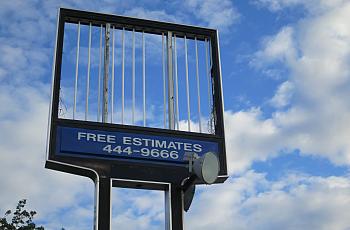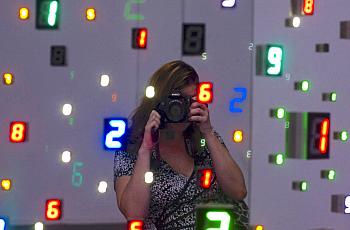
William Heisel
Contributing Editor

Contributing Editor
I have reported on health for most of my career. My work as an investigative reporter at the Los Angeles Times and the Orange County Register exposed problems with the fertility industry, the trade in human body parts and the use of illegal drugs in sports. I helped create a first-of-its-kind report card judging hospitals on a wide array of measures for a story that was a finalist for the Pulitzer Prize. I was one of the lead reporters on a series of stories about lead in candy, a series that also was a finalist for the Pulitzer.For the Center for Health Journalism (previously known as Reporting on Health), I have written about investigative health reporting and occasionally broke news on my column, Antidote. I also was the project editor on the Just One Breath collaborative reporting series. These days, for the University of Washington, I now work as the Executive Director for Insitutue for Health Metrics and Evaluation's Client Services, a social enterprise. You can follow me on Twitter @wheisel.

Why did the California Medical Board allow Dr. Tomas Ballesteros Rios to continue practicing medicine with few restrictions, despite the doctor’s trouble with the IRS, two felony convictions, fines, and probations?

In May, Dr. Charles Orlando Lewis finally lost his license to practice medicine. But it's the strange events that led up to the medical board's action that really boggle the mind.

Our ability to pinpoint the causes behind the big increases in drug overdose deaths in recent years rest largely on one lowly piece of paperwork: the death certificate.

Most numbers you see in health stories are estimates. Yet very few stories acknowledge that. Antidote blogger Bill Heisel discusses a few ways that you can help illuminate the estimation process for your audience.

“That simply doesn’t pass face validity" is something you'll often hear in scientific circles. Antidote's William Heisel explains why the phrase has something to teach journalists as well.

Sometimes a big percentage increase is an exciting story that your audience should hear about, but it also might be a puff of smoke obscuring a flimsy story, as recent news suggests.

Thoughtful comparisons can make all the difference for your audience. For example, the threat of Ebola in the U.S. seems scary until you compare it to drunk drivers, who killed 12,000 in the U.S. in 2014. Ebola killed two.

Sure, data from that bold new health study sounds amazing. But keep these five tips in mind before writing about it and you'll steer clear of some major reporting sinkholes.

When reporting on risk factors that shape health, it's not uncommon for critics to suggest you've confused causation with correlation. Here are three steps you can take to ensure your reporting can weather such storms of doubt.

Headed to Cleveland this week for AHCJ's 2016 conference? Contributing editor William Heisel highlights some great panel discussions you won't want to miss.